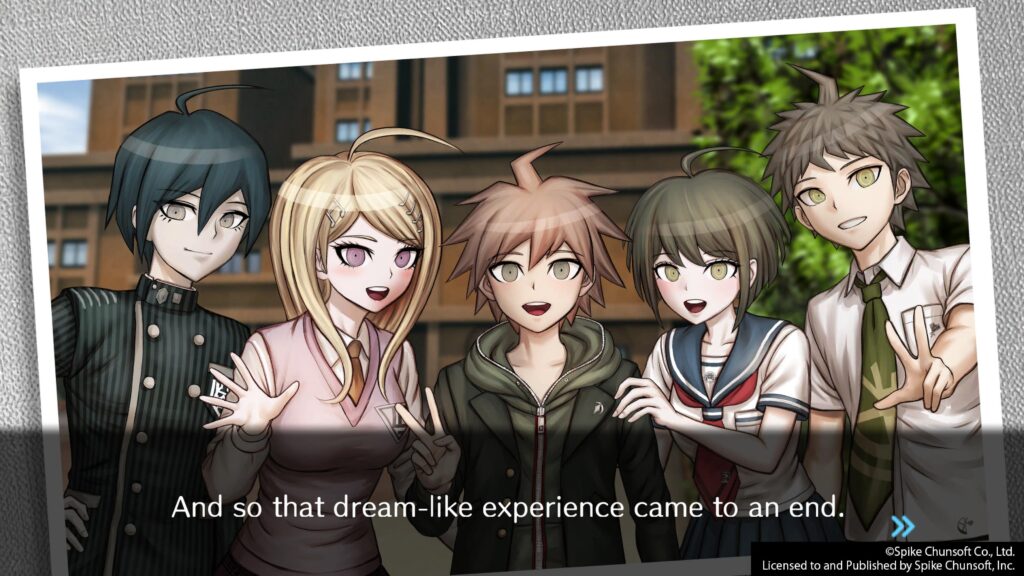
Hope’s Peak Academy… They say if you attend this school and manage to graduate, you’ll be set for life. It was built to raise hope for the future. So, how could things have ended up like this?
Figuring out who you can trust in this brutal death game is key to surviving in the twisted world of Danganronpa. Otherwise, you will succumb to despair well before escaping the mastermind’s cruel ends. It’s kill or be killed, or so it seems. Will any of your friends be left standing when you finally uncover the truth?
Danganronpa is a popular visual novel series that combines murder mysteries with high school shenanigans. Every case is unique, as they incorporate every student’s ultimate talent in creative ways.
You’d be forgiven for thinking that a visual novel series must be a cinch for members of the trophy hunting community. In this case, however, you would be dead wrong. Danganronpa will surprise you in more ways than one, least of all being its trophy requirements.
In this article, we discuss all 5 entries in the series through the lens of a completionist. In addition to learning how to unlock the platinum trophies for yourself, you will also get a personal behind-the-scenes look at my thoughts as a trophy hunter during all 400 hours I spent enchanted by Danganronpa’s world. And don’t worry—we won’t share any story spoilers!
Table of Contents
Why Danganronpa?
“Hope’s Peak Academy—home to the nation’s best and brightest high school students… and your new prison. You and your classmates have been trapped here, forced into a winner-takes-all killing game. You’ll have to solve the mystery of the school to survive, but be careful what you wish for—sometimes there’s nothing more deadly than the truth…”
— PlayStation Store
Danganronpa is a series that has been near and dear to my heart for several years. Everything I’d heard about its zany antics and larger-than-life narrative made me morbidly curious to try it for myself. After all, it has murder mysteries and macabre humor in spades. That premise, combined with its iconic music and stylish design choices, virtually guaranteed that the overall package would be something I would enjoy.
In addition to their inherently positive traits, the games also happened to come into my life at the perfect time. 2020 hosted several significant life changes for me in both personal and professional realms. Those circumstances—amplified by a global pandemic—meant I had a lot of free time over a couple of months. And what better way to put it to use than to complete a lengthy visual novel adventure series?
Indeed, one of the better memories I have from that year was thanks to Danganronpa. I adored the first game so much that I quickly ran through the next three entries in the series in sharp order. I even went so far as to get the platinum trophies for 1-2 Reload and Ultra Despair Girls while I was at it.
Although I beat the campaign of Killing Harmony during the same period, I dragged my feet on completing it fully. It took me nearly a whole year to finally get around to earning its platinum trophy. The reason I became disillusioned with the game will become incredibly apparent when we discuss it in detail later in the article.
All in all, Danganronpa was an incredible experience. Although it is not without its flaws, it still managed to stand out for what it did well.
The Trophy Hunt
The trophy hunting experience is fairly consistent throughout the mainline entries of the Danganronpa series. Trigger Happy Havoc, Goodbye Despair, and Killing Harmony all follow the same basic roadmap: beat the game, max out your relationships in the post-game environment, perform well in a variety of mini-games, and grind for collectibles.
Two titles deviate from the mold as they introduce vastly different modes of gameplay. Ultra Despair Girls opts for third-person shooter action as opposed to the puzzle-like visual novel experience that we’ve come to expect from the series. Additionally, Ultimate Summer Camp incorporates a blend of board game and turn-based battle systems.
While the narrative for Ultimate Summer Camp arguably adds very little to the series, Ultra Despair Girls is another story completely. It adds significant world-building to the Danganronpa universe that puts the overarching conflict into much-needed perspective. Since the general setting of the series involves being trapped in a remote location, the true state of the outside world has always been in question. Ultra Despair Girls shows all that and more.
Either way, determined trophy hunters will want the entire series under their belt. Below, I break down how to earn each title’s platinum trophy with select commentary based on my own experience.
Danganronpa 1-2 Reload
Danganronpa 1-2 Reload is a combination package of the first two games in the series. However, this version only has one platinum trophy. Trophy hunters can instead choose to play the PlayStation Vita versions of Trigger Happy Havoc and Goodbye Despair separately if they would like to earn a distinct platinum trophy for both.
Reload does not include any significant new content over the original releases, so you’ll need to decide for yourself whether the slightly improved graphics on the PlayStation 4 outweigh the portability of the PlayStation Vita.
If you want the true, complete sweep of the series’ platinum trophies according to PSN Profiles’ definition, you’ll have to play through Trigger Happy Havoc and Goodbye Despair twice.
Trigger Happy Havoc
- Beat the game
Trigger Happy Havoc is a very story-heavy game. The best way to start your trophy hunting journey is to simply reach the end of all 6 chapters. Don’t worry about any achievements just yet. - Complete School Mode
After completing Trigger Happy Havoc, you will unlock access to School Mode. Rather than participating in a terrifying death game, you are free to socialize with your peers and participate in (somewhat) normal school activities.
The overarching goal of School Mode is to create a Monokuma backup by assigning students to various tasks such as collecting materials, cleaning, or resting. There is a 50-day deadline to accomplish this task for every run.
For trophy hunters, School Mode will take a significant chunk of time. You need to complete every character’s report card and see their unique endings. There are 14 endings in total to collect. With optimal choices during Trigger Happy Heart events, you can get up to 5 endings in one run. - Grind for Monocoins and obtain all presents

Now that you have all your relationships maxed out, you are in a prime position to start working on the last leg of the game’s trophy set. There are 114 presents in the game, with 92 being available from the MonoMono Machine. Thankfully, the rest should have already been collected from story progression and School Mode.
To start, you should farm for Monocoins in class trials, as they serve as the currency for the MonoMono Machine. You need at least 999 in your wallet at once for a separate trophy, so you may as well do that while you’re here. Thankfully, Celestia’s skill that we unlocked during School Mode will help speed things along.
The more Monocoins you put into the MonoMono Machine, the more likely you are to get a new item. The Repeat % can be decreased down to 0% with a maximum of 100 Monocoins.
With that in mind, you should only use 1 Monocoin for each roll in the early stages. You can gradually increase your input if the Repeat % gets too high, but you should be conservative to save your Monocoins. Personally, I didn’t start inserting more Monocoins until my repeat rate was over 90%. - Clean-up
At this point, you should have nearly every trophy from Trigger Happy Havoc.
If you haven’t already, you’ll need to go back and get “You Must Acquit” and “What’s a Mistrial?” by completing a class trial without taking any damage and not using a retry, respectively. “Not From Concentrate” also requires you to complete a class trial without using your concentration skill (R1), which slows time.
Lastly, you may need to do a few more class trials to destroy 500 white noise lines for “Tuned to a Dead Channel.” The trial in Chapter 6 is an excellent choice for this.
Goodbye Despair
- Beat the game while looking for the Hidden Monokumas
Like Trigger Happy Havoc, Goodbye Despair is also a very story-heavy game. The best way to start your trophy hunting journey is to simply reach the end of all 6 chapters while keeping an eye out for a handful of collectibles.
There are 30 Hidden Monokuma sprites throughout Jabberwock Island, with 5 available in each chapter. Most are in plain sight, but some may be harder to find. You can pinpoint their locations on the Danganronpa wiki. - Raise every pet in the Tamagotchi mini-game

One of the new features Goodbye Despair introduces is the virtual pet simulator. You are tasked with taking care of a digital companion through all stages of their life. That means you need to clean up after them regularly and give them gifts to keep them occupied.
Trophy hunters must successfully raise all 6 different types of pets to unlock “Gotta Raise ‘Em All!” Every pet goes through the egg, Chibimi, and cocoon phases, but their final evolution will differ depending on the status of their hope and despair meters. The Danganronpa wiki has a fantastic chart showing each of the final stages and their requirements.
Not cleaning up after your pet will increase their despair meter, while giving them presents will increase their hope meter. If despair reaches the maximum threshold, the pet will die. There is a set number of steps that must be taken for each pet to evolve. Eggs take 100 steps, Chibimi takes 1,000 steps, cocoons take 100 steps, and final evolutions take 2,000 steps. Similarly, pets will generally produce waste every 100 steps.
It is worth mentioning that your step counter actually increases faster if you’re walking instead of running. Getting the steps necessary to raise all 6 pets may take a couple of hours if you’re starting from scratch. - Play the Magical Girl Miracle Monomi mini-game

Magical Girl Miracle Monomi is a 3D action game in which you primarily draw circles to attack enemies. In that sense, it is strikingly similar to Poison Control. Monomi sets out with the goal to defeat all 5 Monobeasts inhabiting the islands.
There are two trophies related to this mini-game: complete every stage and obtain all the presents. The former is exactly what it says on the tin. The latter, however, can be a headache, as you must rely on luck to get any missing items. The Old Man’s Grass Skirt is vital as it increases the drop rate of present boxes.
Once again, the Danganronpa wiki has a useful guide for known drop locations. - Complete Island Mode
Island Mode is Goodbye Despair’s version of School Mode from Trigger Happy Havoc. Like its predecessor, you can freely enjoy the school trip without fearing for anyone’s life.
The overarching goal of Island Mode is to obtain hope fragments and complete class assignments as set forth by Usami. To do so, you must assign students to various tasks such as collecting materials, cleaning, and resting. Again, there is a 50-day deadline for every run.
As you might expect, getting Island Mode’s achievements will take a long time. You need to complete every character’s report card and see their unique endings. There are 15 endings in total. With optimal dialogue choices during dates, you can get up to 5 endings in one run. - Grind for Monocoins and obtain all presents

With Island Mode out of the way, it’s time to get to work. There are 140 presents in the game, with 108 being available from the MonoMono Yachine (no, that’s not a typo!) and 8 bonus items available for purchase in the vending machine in Rocketpunch Market. Thankfully, the rest should have already been collected from story progression and Island Mode.
To start, you should farm for Monocoins in class trials, as they serve as the currency for the MonoMono Yachine and the vending machine. You need at least 999 in your wallet at once for a separate trophy, so you may as well do that while you’re here. Thankfully, Byakuya’s skill that we unlocked during Island Mode will help speed things along.
The more Monocoins you put into the MonoMono Yachine, the more likely you are to get a new item. Keep in mind that the game checks what items are currently in your possession when rolling what present you will get. The Repeat % can be decreased down to 0% with a maximum of 100 Monocoins.
With that said, you should only use 1 Monocoin for each roll in the early stages. You can gradually increase your input if the Repeat % gets too high, but you should be conservative to save your Monocoins. Like before, I didn’t start inserting more Monocoins until my repeat rate was over 90%.
The vending machine in Rocketpunch Market houses the last presents in the game. These can be purchased for a flat fee of 50 Monocoins per item. - Clean-up
At this point, you should have nearly every trophy from Goodbye Despair.
If you haven’t already, you’ll need to go back and get “Any Objections?” and “Case Closed” by completing a class trial without taking any damage and not using a retry, respectively. “I’m Sorry, What Were You Saying?” also requires you to complete a class trial without using your concentration skill (R1), which slows time.
“Capped Out!” is unlocked by reaching level 99 with the protagonist. If you haven’t reached that point already, you can grind for any remaining experience you need by walking around in the overworld.
Lastly, you may need to do a few more class trials to destroy 500 white noise lines for “The Airborne Static Event.” The trial in Chapter 3 is an excellent choice for this. - Read Danganronpa IF

Now that you’ve finished Trigger Happy Havoc and Goodbye Despair, you will gain access to a Danganronpa light novel. Its content is best saved for the very end because it explores a “what-if” scenario that drastically changes the events of the first game. It also includes some spoilers for the second game’s events.
While you are well within your rights to skip through it for the relevant achievement, you’d be doing yourself a disservice. Danganronpa IF adds significant depth to characters that were (understandably) neglected in the games.
If you enjoyed your time with the duology and are interested in uncovering more details about the Hope’s Peak cast, the light novel is a must-read.
Danganronpa Another Episode: Ultra Despair Girls
- Beat the game
As always, you should take it easy and enjoy the story of Ultra Despair Girls at your own pace. Explore areas fully to minimize back-tracking later, and don’t spend any Monocoins you earn because there is a trophy for having 9,999 in your wallet at once.
Get comfortable with the title’s unique take on gunplay, and don’t forget to experiment with Genocide Jack’s skillset. This title adds a ton of important background information relevant to Trigger Happy Havoc and Goodbye Despair. - Use chapter select to get all the collectibles
Ultra Despair Girls is packed to the brim with various collectibles to find. There are hit lists, Hidden Kids, books, and notes that you need to acquire. If you played thoroughly in step 1, you likely found a lot of these naturally.
Although there are many different options for collectible guides, I liked this one the best as it was straight-to-the-point and color coordinated. Don’t forget to deliver the hit lists you collect to Hiroko in the Secret HQ to get credit! - Get A-ranks in every mission
Now that you have a handle on the combat and puzzle solutions, you should go back and make sure you earned A-ranks across the board. The requirements for this score are simple: find the Hidden Kids, don’t use any retries, and don’t fail any challenges.
Since you’ve already taken care of the collectibles, you just need to worry about executing good gameplay. Thankfully, you can always save before taking on any challenges or difficult fights if you’d like a backup option. - Obtain all upgrades and levels

Komaru can gain experience up to a maximum of level 99 by defeating enemies. The amount of experience earned can be increased with the skills One Nighter, Daily Effort, and Ultra Study Technique.
Your partner, Genocide Jack, can be upgraded at any Monokuma Kid shop with Monocoins. If you still haven’t reached 9,999 Monocoins yet, make sure to equip the skills Raise, Reraise, and Super Raise and increase the difficulty level to improve drop rates.
You will also need to purchase all 32 Bling Bullets in the game. These can be found at any Monokuma Kid shop.
Gathering the resources needed to purchase everything may take some time, but it should be a breath of fresh air compared to the grind that Trigger Happy Havoc and Goodbye Despair represented.
Danganronpa V3: Killing Harmony
- Beat the game while looking for the Hidden Monokumas
If you’ve read up to this point, you shouldn’t be surprised to see this here. Once again, you should play through all 6 chapters in Killing Harmony. Don’t worry about any particular achievements; we’ll get to that later.
However, you should still try to get all the Hidden Monokumas littered throughout the school. Like Goodbye Despair, there are 5 Hidden Monokumas in each chapter for a grand total of 30. The Danganronpa wiki has another great resource to help you find them all with ease. Additionally, you should try to spend your Monocoins in the MonoMono Machine if you’re getting close to the 999 limit. - Find all the secret paths
One of the new mechanics that Killing Harmony introduced to the series is the ability to lie during a class trial. Doing so successfully has the potential to open up new routes for the students to debate.
The first class trial has one alternate path to be found. Every class trial after the first has two. The PSN Profiles trophy guide is concise and accurate if you need help triggering these so-called back routes. - Do all the mini-games

One of the most notorious parts of Killing Harmony is its painful array of mini-games. Although the presence of such bonuses is nothing new, this title’s rendition brings a whole new meaning to Monokuma’s catch phrase, “It’s Punishment Time!”
4 different mini-games can be played at the casino: Salmon Fishing, Outlaw Run, Treasure Hunter! Monolith, and MonoMono Slot. You must get an S-rank in the first three mini-games on Mean difficulty. For the last one, you simply need to get all 7’s in a row. Or, as you can see in my screenshot, a row with one 7 and 4 wild cards.
Salmon Fishing is fairly straightforward; you must grab the matching fish to rack up points. It’s important to keep your combo going, as you need at least 4,700 points to get an S-rank. Additionally, there are a select few fish with Monodam strapped onto them that are worth extra points. Once you get the hang of it, you can make quick work of this mini-game.
Similarly, Outlaw Run isn’t too bad. It’s a racing game in which your goal is to get a high score by running over as many stand-ins and Monokuma Kubs as possible. You need at least 20,000 points to get an S-rank. You can also get a boost at the start of the race if you time your acceleration, just like in Mario Kart. It may take you a few tries to learn the optimal route, but it’s intuitive and likely won’t take too long.
However, everything goes out the window when it comes to Treasure Hunter! Monolith. You are essentially mining a game board to find fossils. Completed fossils and uncovered Monokuma Kubs are worth points. To get an S-rank, you need to get at least 4,900 points.
This is much easier said than done. If even one pixel of the fossil remains covered, you will not earn any points from it. Since the game randomly generates the spawning location of fossils every time you play, there is no reliable method to earn enough points. In fact, sometimes the board is completely impossible to solve with an S-rank, no matter what moves you select.
At the end of the day, Treasure Hunter! Monolith boils down to a logic puzzle. It has infuriated enough players that a variety of prediction tools were created to help make earning the relevant trophy more consistent. Here is one. The tool I used during my playthrough was created in Microsoft Excel and had all its directions written in Japanese. I can no longer find it online to share, but it was nevertheless difficult to figure out as a non-Japanese speaking person.
Even though the tool was effective, I still had to play this accursed mini-game for several hours until I finally got a winnable match. So much as hearing the Treasure Hunter! Monolith soundtrack these days makes me groan from the memory.
Even though you will have earned all the mini-game trophies at this point, you’re not quite done with the casino yet. You need at least 10,000 casino coins for another trophy, plus another 300,000 or so to buy all the necessary Kumasutra keys and presents only obtainable from the casino.
You can either idle with the MonoMono Slots or simply grind out whichever mini-game you enjoy best. Personally, I loved Outlaw Run, so I ran through it a ton to earn all the coins I needed. - Play through Love Across the Universe Mode
If you guessed that Love Across the Universe is essentially the same as School Mode and Island Mode from the first two Danganronpa games, you would be correct. This time, you have only 10 days and your only goal is to spend time with your friends.
You should take this opportunity to reach the highest bond level with every character. Once you’ve maxed out your affection with the entire cast, you will be able to get the true ending for the mode. It’s easy, but rather time-consuming. - Grind for Monocoins and obtain all presents
There are 143 presents in Killing Harmony, with 82 being available from the MonoMono Machine and 31 bonus items available for purchase in the casino. Thankfully, the rest should have already been collected from story progression and Love Across the Universe Mode.
To start, you should farm for Monocoins in class trials, as they serve as the currency for the MonoMono Machine. Recall that you can only hold up to 999 Monocoins at a time, so be sure to spend them once you reach the cap. Thankfully, Maki’s skill that we unlocked during Love Across the Universe Mode will help speed things along.
The more Monocoins you put into the MonoMono Machine, the more likely you are to get a new item. Keep in mind that the game checks what items are currently in your possession when rolling what present you will get. The Repeat % can be decreased down to 0% with a maximum of 100 Monocoins.
With that in mind, you should only use 1 Monocoin for each roll in the early stages. You can gradually increase your input if the Repeat % gets too high, but you should be conservative to save your Monocoins.
Since you should have already gotten a ton of casino coins in the previous step, you should go ahead and purchase everything you need now. That includes at least 15 Kumasutra keys and every unique present. - Complete the gallery
Even after all that, you’re not done yet. You need to fill out the entire gallery for the “V3 Complete” trophy.
For starters, you should put those Kumasutra keys to good use. You need to see every classmate’s event to fill out their entries. Unfortunately, it is possible to get repeat events, so you may have to get more keys if you’re unlucky. You will likely want to do this in the Love Across the Universe Mode as only students who are still alive can be pulled in.
There are also a handful of specific events you need to trigger during the main game. You will need to backtrack to the relevant chapters with the correct item in tow to trigger them. The PSN Profiles trophy guide has a simple chart detailing how to get these.
Lastly, you need to purchase the remaining entries in the gallery with Monocoins. You will need at least 2,430 to get everything. If needed, you can replay class trials to accrue the required amount. - Master the Ultimate Talent Development Plan Mode

One of the other new things that Killing Harmony brought to the series was the Ultimate Talent Development Plan Mode. Did you think you were close to the platinum trophy by this point? The answer is a resounding “no.”
The Ultimate Talent Development Plan Mode is so expansive that it’s practically a full game in its own right. So much so, in fact, that they turned it into an official game later on.
To put it simply, you must improve a selected character’s abilities and stats in a board game to prepare them for tactical turn-based battles. Getting further in the dungeon enables you to create more effective characters the next time you do the board game, which allows you to delve even deeper in the next attempt, and so on. The gameplay loop sees you bouncing between both styles of gameplay to reach the end.
Trophy hunters will become intimately familiar with this mode, as they must complete the board game stage a minimum of 53 times (once per character) and successfully scale all 100 floors of the Despair Dungeon.
The strategies involved in this mode are too numerous to detail here. Generally, you will want to create characters tailored specifically to counter the challenge you’re currently struggling with in the Despair Dungeon. Sports-type characters make for excellent damage dealers.
You will also want to use the highest-ranking characters you have as they have higher potential stat gains in the board game. Lastly, if you are given the option to have surgery, you should ALWAYS agree. The benefits upon success can make a huge difference in the character’s long-term viability.
To be frank, you should be prepared for the long haul. This step is likely to take many hours to complete. - Clean-up
Phew, that was a lot. After clearing the Ultimate Talent Development Plan Mode, you should be either close to or already finished with the platinum trophy. Mostly, this depends on how efficient you were during your initial playthrough of the game.
You may need to replay a few class trials to get “Master Silencer.” Like the previous games, you need to break through 500 white noise lines to get this.
You may also need to further assert your authority over the world by slapping objects. To get “King of Redecorating,” you need to hit things at least 1,000 times. This is easy to grind, as you can reset a room’s state with L1.
Last but certainly not least, “True Discipline Comes from Within” is unlocked by reaching level 99 with the protagonist. If you haven’t quite reached that point yet, you can either play more mini-games or slap more objects to get more experience. Alternatively, you can simply walk around the school.
Danganronpa S: Ultimate Summer Camp
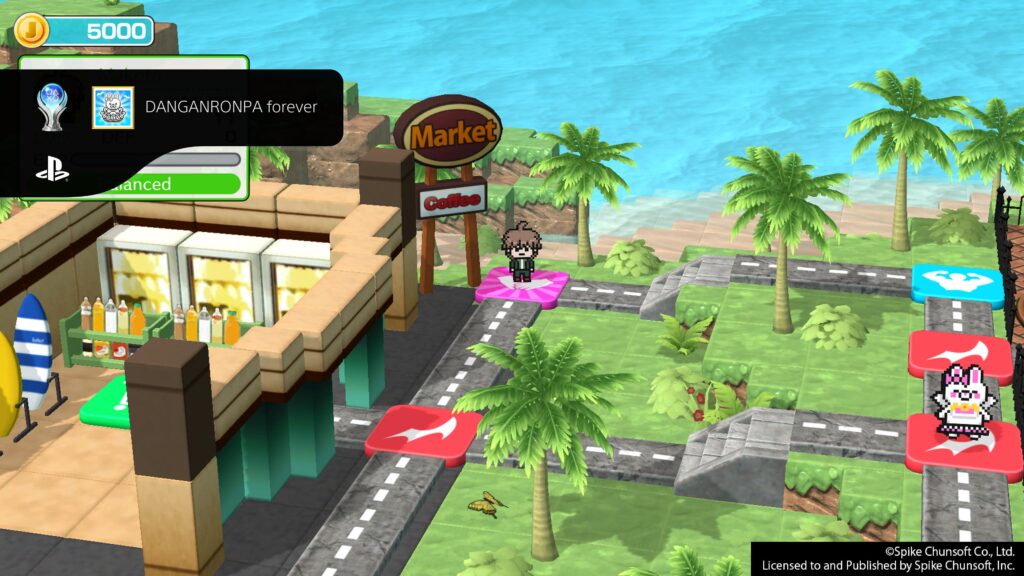
Depending on how you felt about the Ultimate Talent Development Plan in Killing Harmony, you will either love or hate this game. Ultimate Summer Camp takes this mini-game and ramps up the intensity to the nth degree. The gameplay loop is the same; You need to balance developing characters with reaching new floors in Battle Mode.
Ultimate Summer Camp also includes a basic narrative to provide some modicum of motivation for your actions. For every 10 new runs in Development Mode, you will unlock a new story beat with a boss. Once you get hope fragments for all 62 characters, you will complete the story.
Development Mode has a few new quirks this time around. For starters, the maps are much larger and include sub-areas. Of importance are the locations of the Monobeasts and their scrolls. It can be wise to gradually work your way up through each of these bosses when you get stronger characters. There are also Friendship spaces that have unique events for every character. These can impart significant stat boosts, plus you need to see them all for a trophy anyway, so you should land on these whenever you can.
Battle Mode consists of 200 rounds of increasing difficulty. In Ultimate Summer Camp, defeated enemies have the chance to drop materials that can be used to craft equipment items. These can make a big difference in your stats, so you’ll definitely want to spend time collecting them for your battle party.
To obtain the platinum trophy, you need to get all character cards and presents from the MonoMono Machine, complete the story, get through all floors, craft every equipment item, view all the Friendship events, and trigger a couple of unique events in Development Mode. There are two special events you need to trigger for achievements:
- Open the treasure chest on the fourth island;
- Defeat all 5 Monobeasts across the islands; and
- Defeat the secret boss on the second island’s ruins.
My Trophy Hunting Experience
Despite getting a bad rap due to its visual novel roots, Danganronpa is a worthy addition to any trophy hunter’s profile. When I started the series, I had no idea how difficult its achievement set would prove to be. I was still fairly new to the trophy hunting scene back then and hadn’t yet learned that you should always review a game’s trophy list before committing.
Even so, I would 100% run through every single one of these games again, even knowing how tiring they are for completionists.
It took me almost 400 hours to complete all 5 games in the series: 115 hours for Trigger Happy Havoc/Goodbye Despair, 25 hours for Ultra Despair Girls, 140 hours for Killing Harmony, and 100 hours for Ultimate Summer Camp. Compared to the estimated times quoted on the relevant PSN Profiles guides, I was generally behind the curve. I shaved off a lot of time in Ultimate Summer Camp, though!
I’d argue that my experience with the series was improved by not going for any achievements right out of the gate. Getting completely immersed in each title’s story rather than keeping tabs on every little thing I needed to (eventually) do allowed me to enjoy them for what they were.
That’s why I always like to recommend playing in as natural a state as is reasonable for your first run in any game. Thankfully, the Danganronpa series is perfect for this approach thanks to its generous chapter selection options.
Although the humor occasionally veered into uncomfortable territory, it never ruined my experience by any means. That said, it is worth mentioning that if you’re sensitive to common anime tropes and suggestive content, you may want to read the relevant content warnings before getting too invested in the series. The games ramp up in that department with each successive entry.
For example, the parental guide for Goodbye Despair on IMDb describes a few potentially offensive events in-game with spoilers hidden. Research as much as you need to get comfortable; Everyone’s tolerance for such things is different.
If you can look past its imperfections, there is a lot to love about Danganronpa. A memorable soundtrack, jaw-dropping narrative twists, a well-rounded, likeable cast, and an achievement set that doesn’t hold back on its punches… I will always look back on these platinum trophies fondly, and—with the above disclaimer in mind—it will always be a top recommendation from me.
Reflection
At this time, the future of the Danganronpa series is uncertain. Kazutaka Kodaka, its creator, left Spike Chunsoft in 2017 to start his own company, Too Kyo Games. Although he has gone on record about his desire to work on brand-new IPs, he hasn’t ruled out returning to Danganronpa in the future. I, for one, am holding out hope that the day a new game in the series is released comes sooner rather than later.
There have been several new titles from Too Kyo Games that are fun in their own right, but none have quite managed to fill the mighty shoes Danganronpa left behind.
Released in 2023, Master Detective Archives: Rain Code follows a similar gameplay loop to Danganronpa. In this title, you must find clues to a series of murder cases before unraveling the truth with supernatural flair. In iconic Kazutaka Kodaka fashion, the narrative inevitably escalates to an earth-shattering scale that changes your perception about the entire game’s events.
The Hundred Line: Last Defense Academy is set to release later this year, too. This upcoming release aims to combine visual novel storytelling with tactical gameplay.
Are you hoping for a new Danganronpa game, or have you already resigned yourself to a despairing reality? If you’re looking for a pick-me-up, Donut County has a fun and relaxing platinum trophy that anyone can enjoy. Although you won’t impress any trophy hunters, sometimes you just need to see a raccoon get its hand stuck in a jar to remember what we’re doing any of this for.


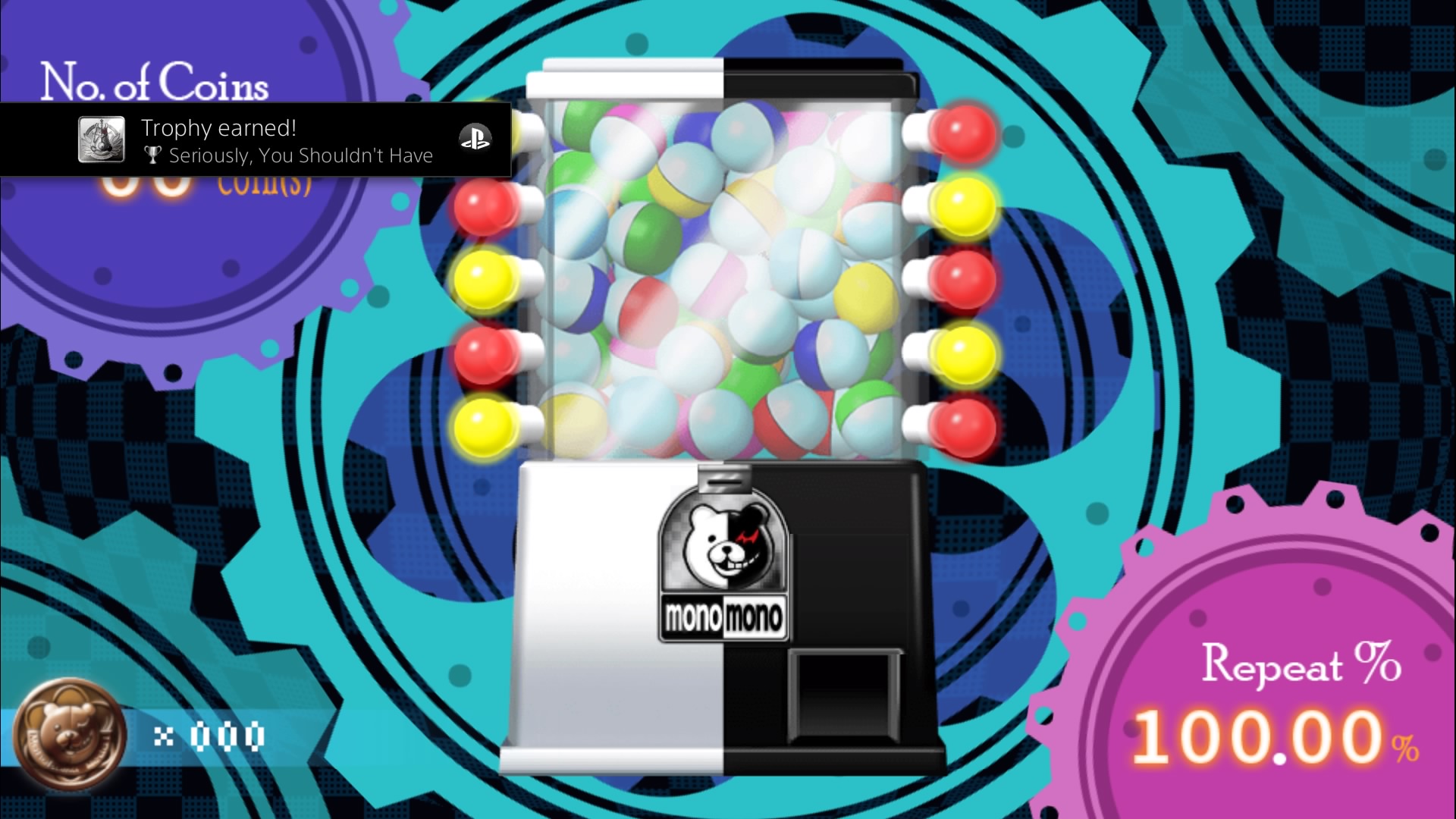
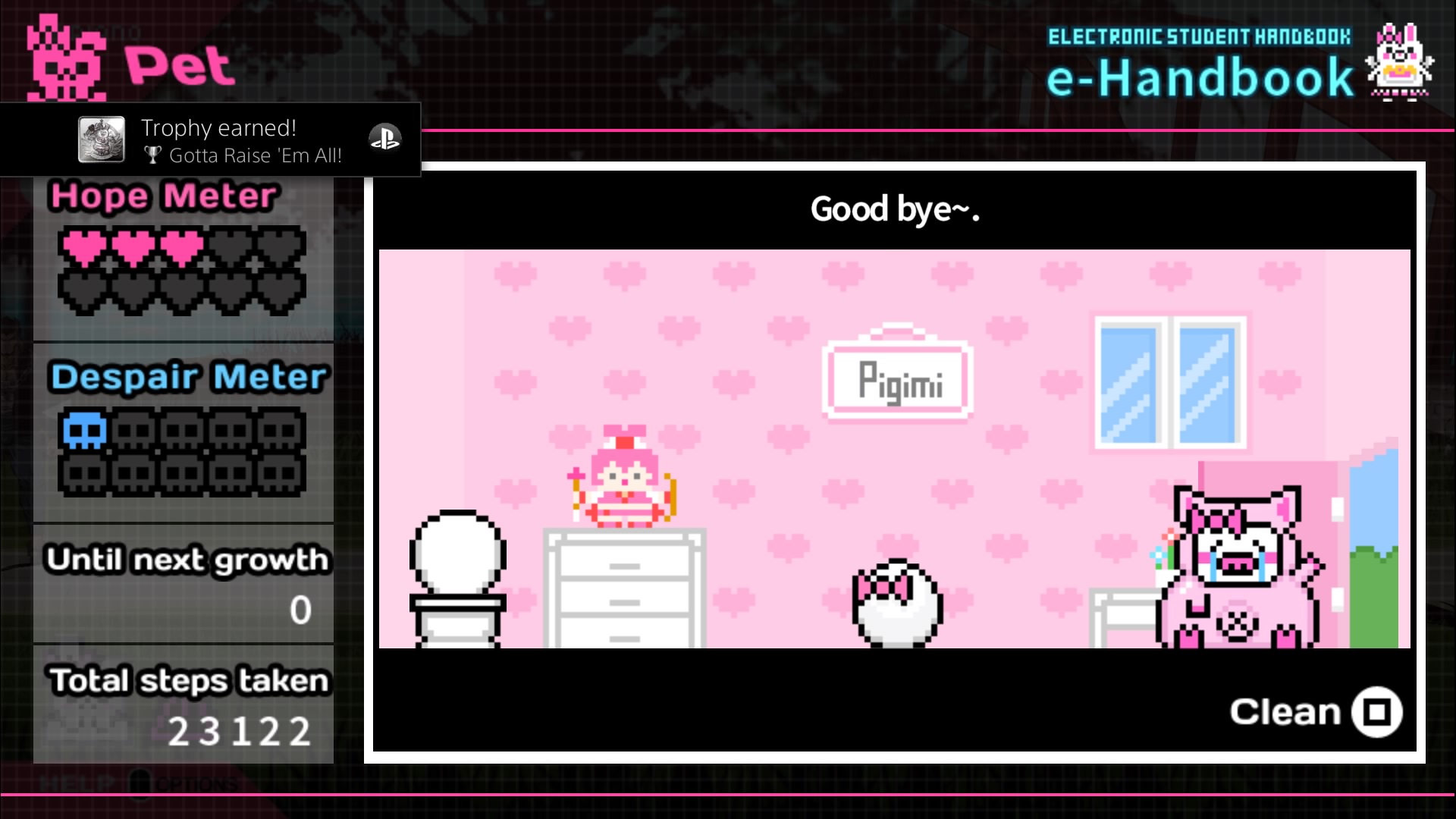
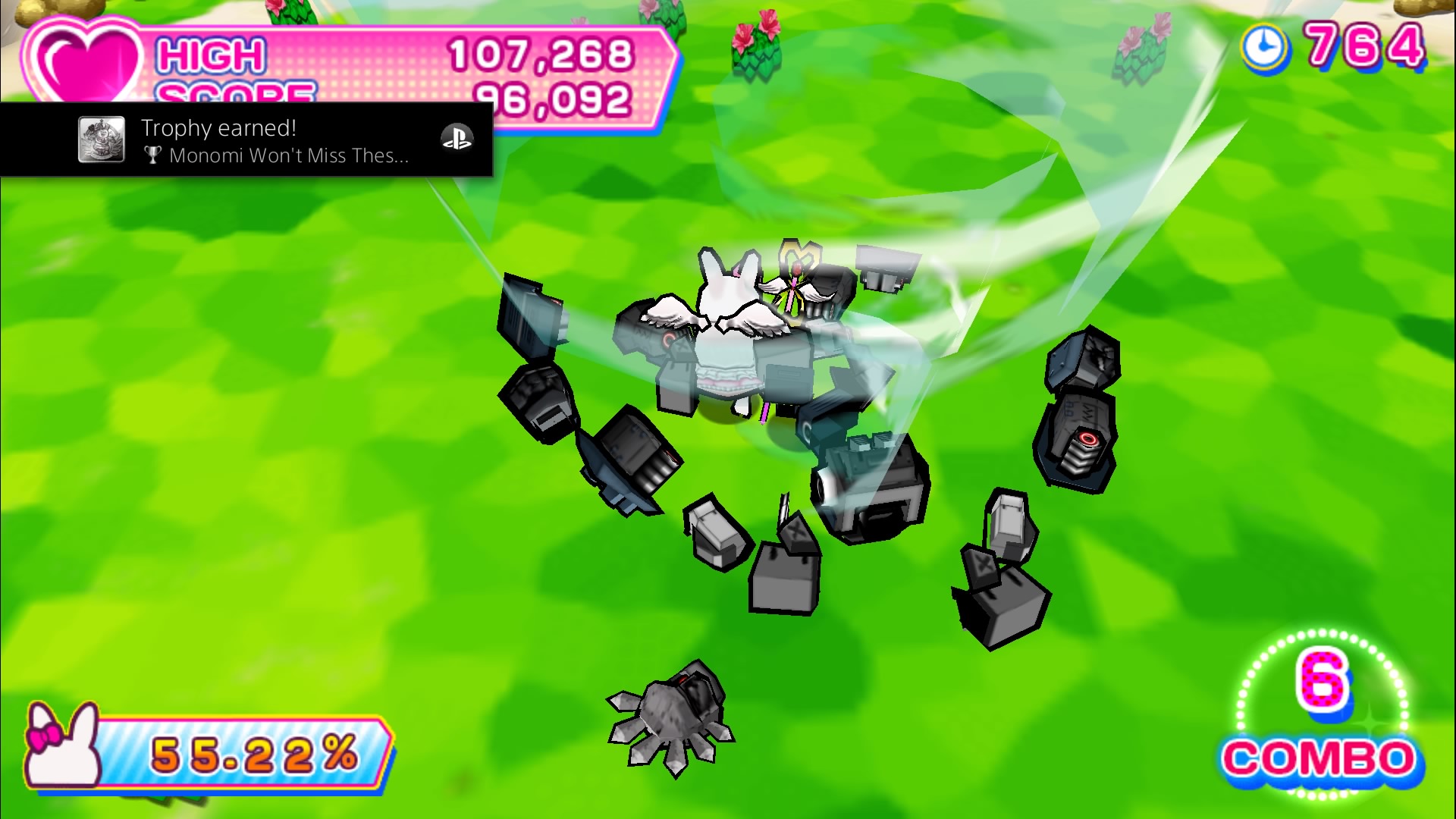

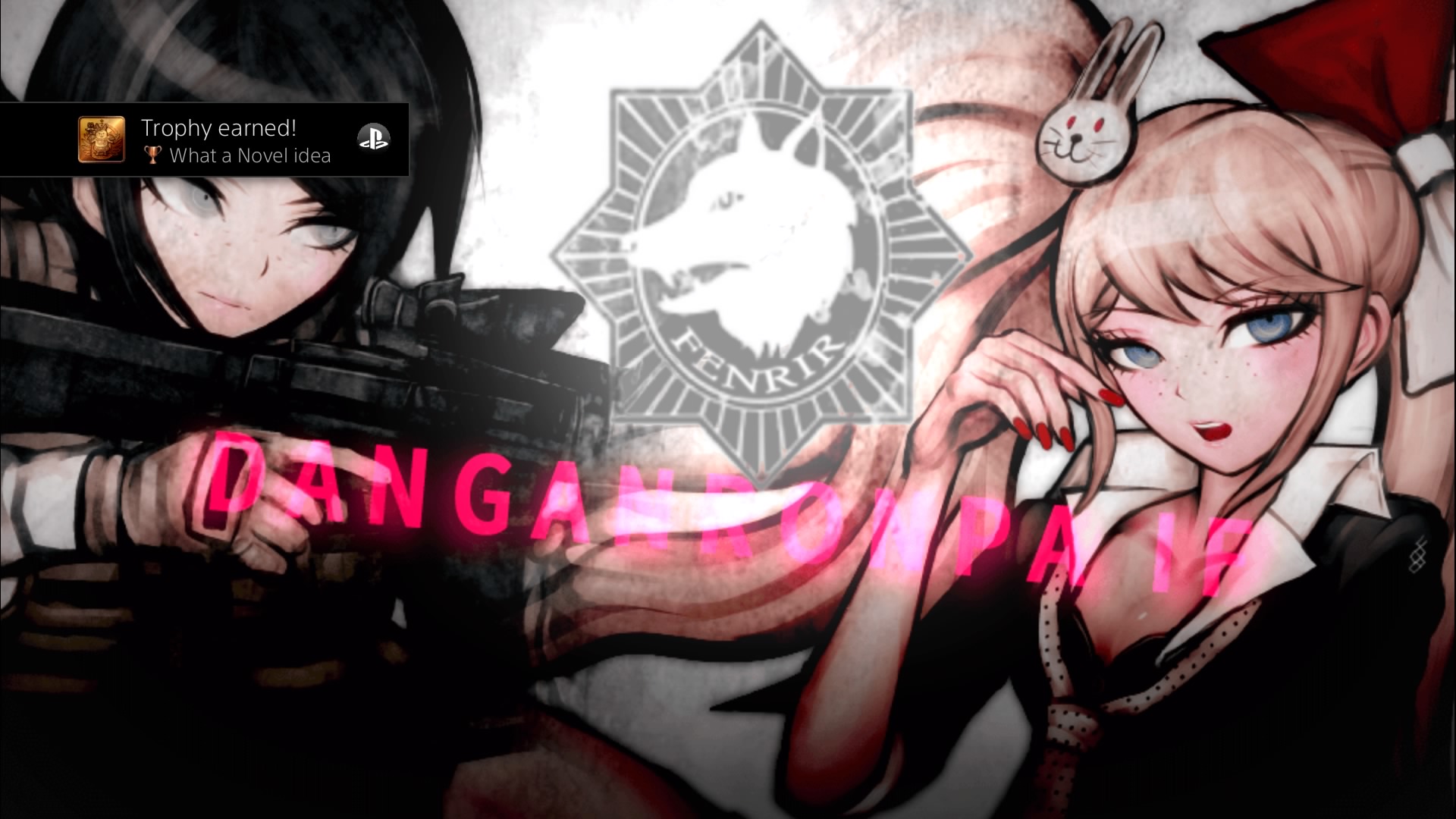
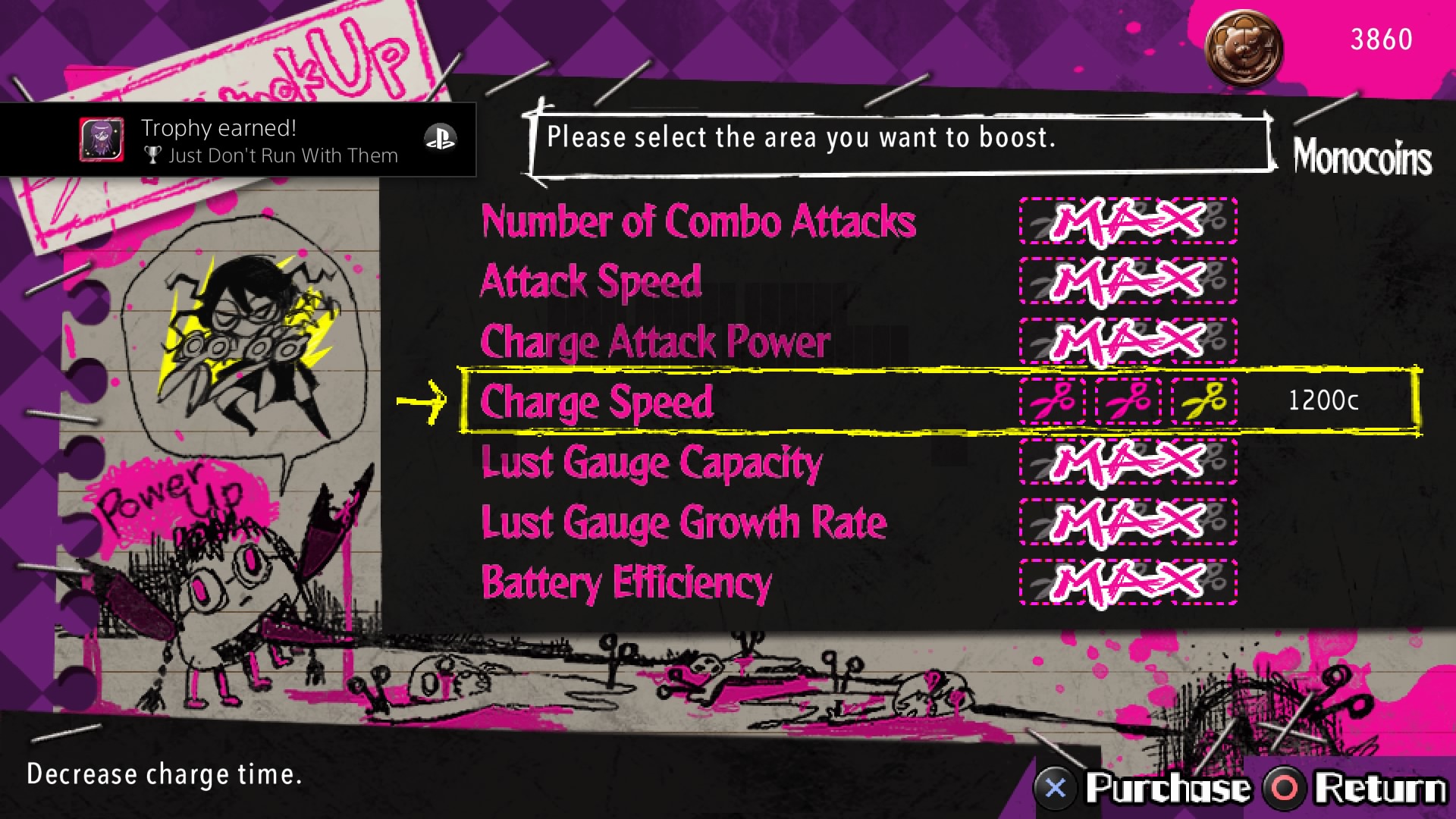
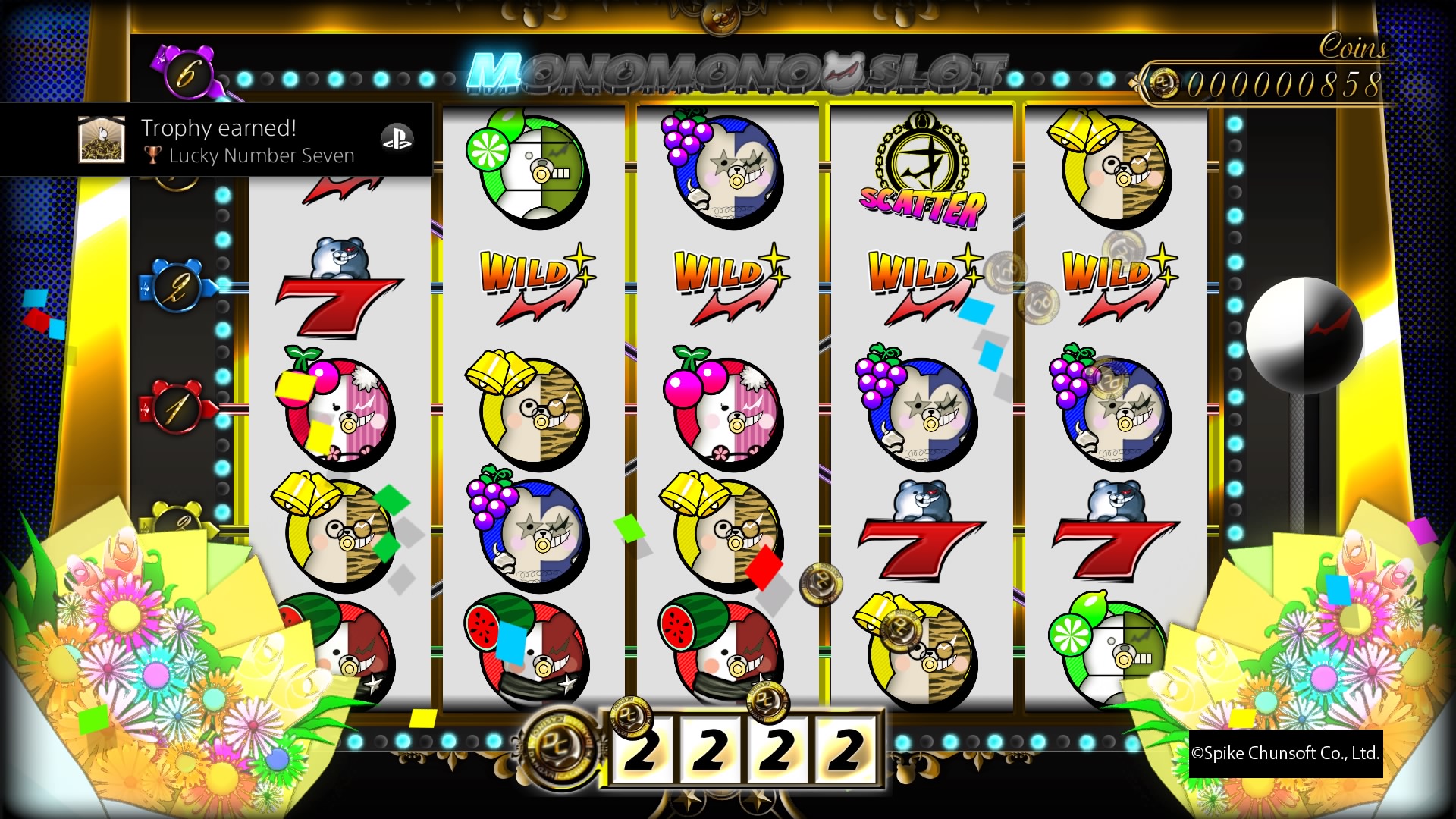
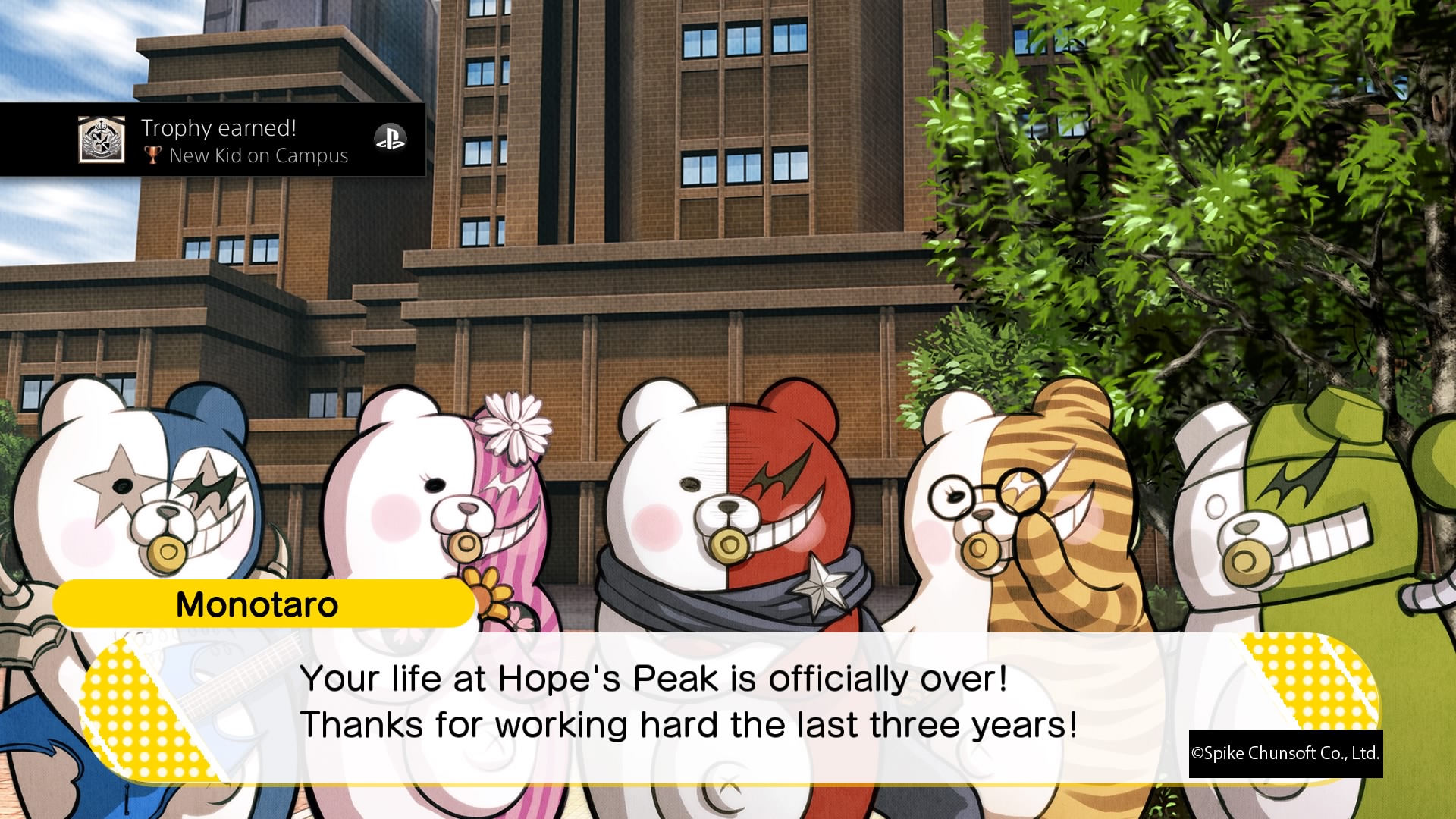
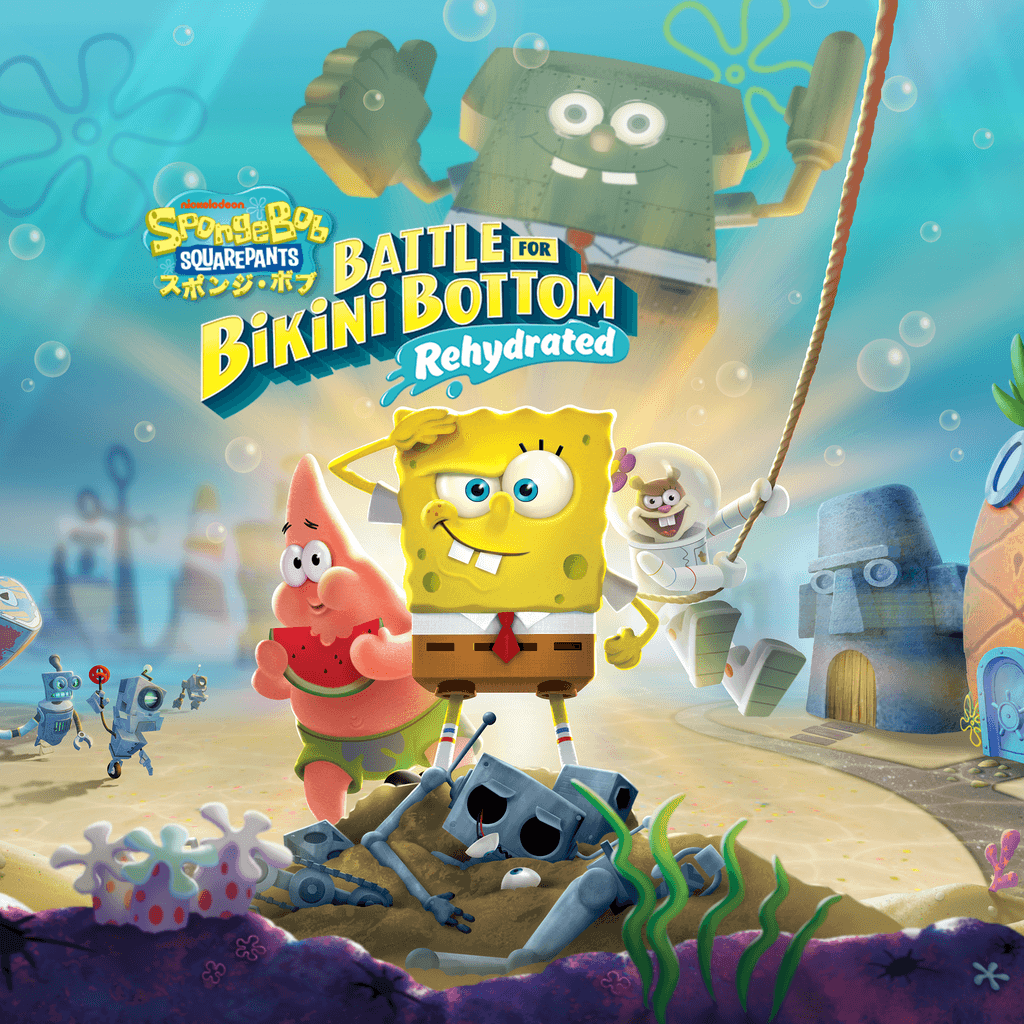
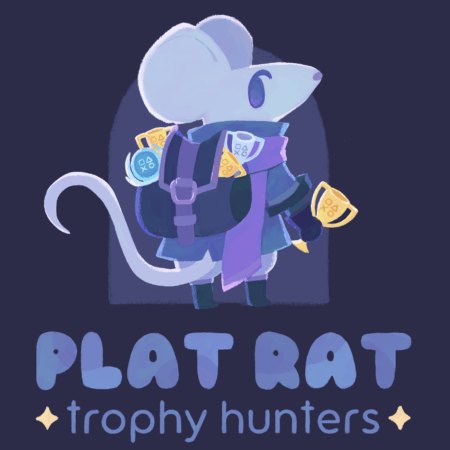

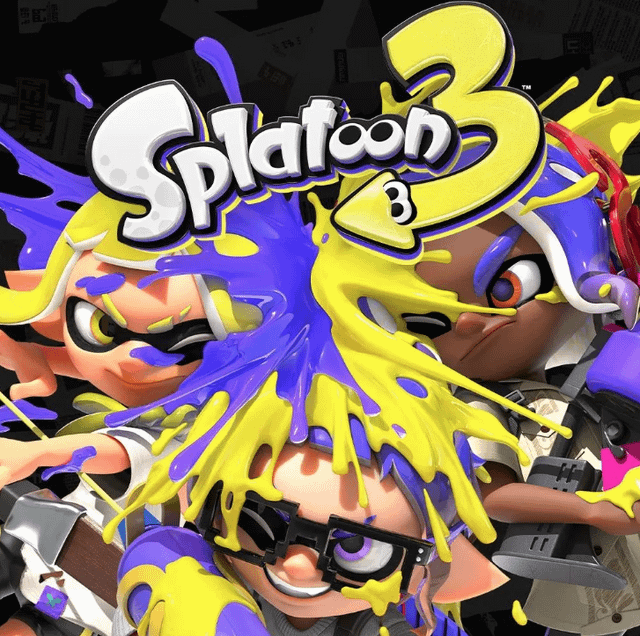
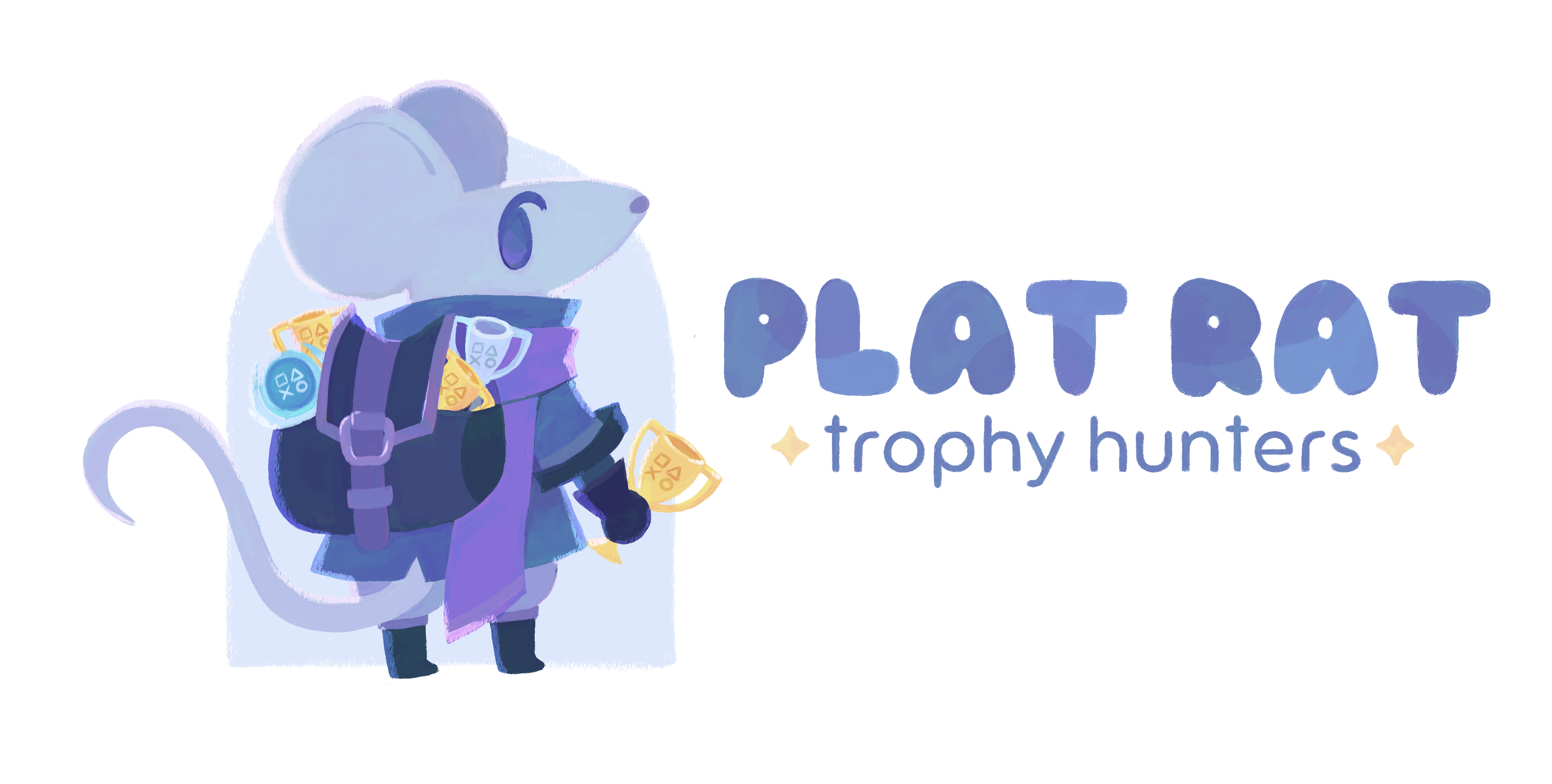
Leave a Reply